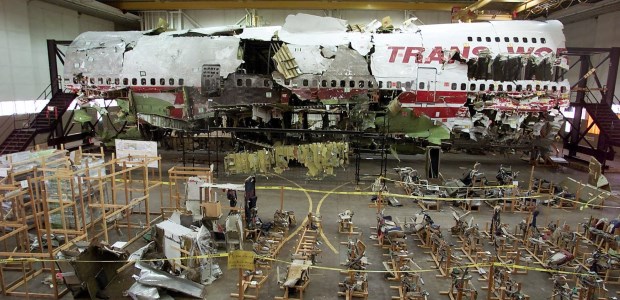
NTSB Won't Reopen Flight 800 Probe
The safety board issued a 24-page response July 2 to a petition from a group called the TWO 800 Project that claims an explosion, possibly from a missile, brought down the aircraft in July 1996.
The National Transportation Safety Board has denied a petition asking that it reconsider its findings in the investigation of the July 17, 1996, crash of TWA flight 800, a Boeing 747, into the Atlantic Ocean shortly after takeoff from John F. Kennedy International Airport. NTSB's final Aviation Accident Report on the crash concluded an explosion of the center wing fuel tank was the probable cause; its July 2, 2014, denial responded to a petition filed in June 2013 by a group called The TWA 800 Project. It claimed a "detonation or high-velocity explosion" caused the crash.
NTSB concluded the petitioners based their explanation on a flawed analysis of available radar data, and their claim that witness statements support the missile theory had been examined and considered unreliable when NTSB investigators examined statements collected by the FBI. Terrorism was widely suspected after the plane went down, killing all 230 passengers and crew aboard, and the FBI conducted a criminal investigation at the same time NTSB was pursuing its accident investigation. "Neither investigation found evidence of a crime, and the FBI ended the criminal probe in 1997," according to NTSB.
"Our investigations are never 'closed,'" Acting Chairman Christopher A. Hart said last week. "We always remain open to the presentation of new evidence." Its news release said before responding to the petition, NTSB staffers met with the petitioners' representatives and listened to an eyewitness who described what he saw on the night of the accident. "After a thorough review of all the information provided by the petitioners, the NTSB denied the petition in its entirety because the evidence and analysis presented did not show the original findings were incorrect," it states.
As it considered the petition, the NTSB assembled a team of investigators not previously involved with the original investigation.